Building software for two-sided marketplaces can present unique challenges and opportunities. A two-sided marketplace connects two distinct user groups while ensuring the platform offers value for both sides. A good example of a two-sided marketplace is the hiring platform, a space to connect employers and employees. Successful development requires a deep understanding of both user groups, careful design of the platform’s features, and a strategic approach to fostering growth and trust.
Understand the Needs of Both Sides
The first step in building a two-sided marketplace is understanding the needs, behaviors, and motivations of both user groups. For instance, employees are searching for career opportunities that match their experience and long-term goals. Employers need to find employees who have the required skills, certifications, and availability for a specific job.
To create a successful platform, conduct thorough market research and engage with potential users from both sides early in the development process. Surveys, interviews, and user testing provide valuable insights into what each group needs and expects from the platform. These insights should guide the design and development process to ensure that the product meets the needs of both user groups.
Balance Supply and Demand
One of the most significant challenges in building a two-sided marketplace is balancing supply and demand. A hiring platform needs to attract a sufficient number of employers to offer a variety of open positions, but it also needs enough employees to make it worthwhile for employers to participate. This can be difficult to overcome.
To address this, many successful marketplaces start by focusing on one side of the market. For hiring platforms, this means focusing first on either the employer or employee side. Another approach is to provide incentives, such as subscription trials or lower fees, to encourage early adoption on both sides.
Growth strategies include leveraging network effects, where the value of the marketplace increases as more users join. This requires careful attention to user experience and ensuring that the platform scales effectively as more users join. Building features that encourage user engagement and retention, such as reviews, ratings, and personalized recommendations, can help foster these network effects.
Design the Platform Thoughtfully
Platform design is critical to the success of a two-sided marketplace. A hiring platform’s user interface (UI) should be intuitive, making it easy for both employees and employers to navigate the platform. The user experience (UX) should be seamless, minimizing friction at key touchpoints such as registration, opportunity listing, and job application.
For employers, the platform should offer tools that make it easy to manage their job opportunity listings, review applicants, and communicate with prospective employees. Employees, meanwhile, need features that help them find positions they are qualified for quickly, such as search filters and job recommendations.
Security and trust are also important. Both sides need to feel confident that the platform is secure and that they are protected from fraud. Implementing robust verification processes and transparent policies can help build trust.
Continuously Improve and Scale
After launch, it’s essential to continuously monitor performance, gather feedback, and make improvements. This could involve adding new features, refining existing ones, or adjusting the platform’s business model based on user behavior and market trends. Analytics tools can provide valuable insights into how users are interacting with the platform and where there may be opportunities for improvement.
Scaling is critical as the platform grows to handle increased traffic and maintain a high level of service and user experience as the platform expands. Cloud-based infrastructure and automated processes can help the platform scale effectively.
Building software for hiring platforms and other two-sided marketplaces requires diligent research before the build even begins. Using insights gained during this period will result in a better platform for users on both sides. Consistent scaling and optimization will then help the platform grow as users join.
